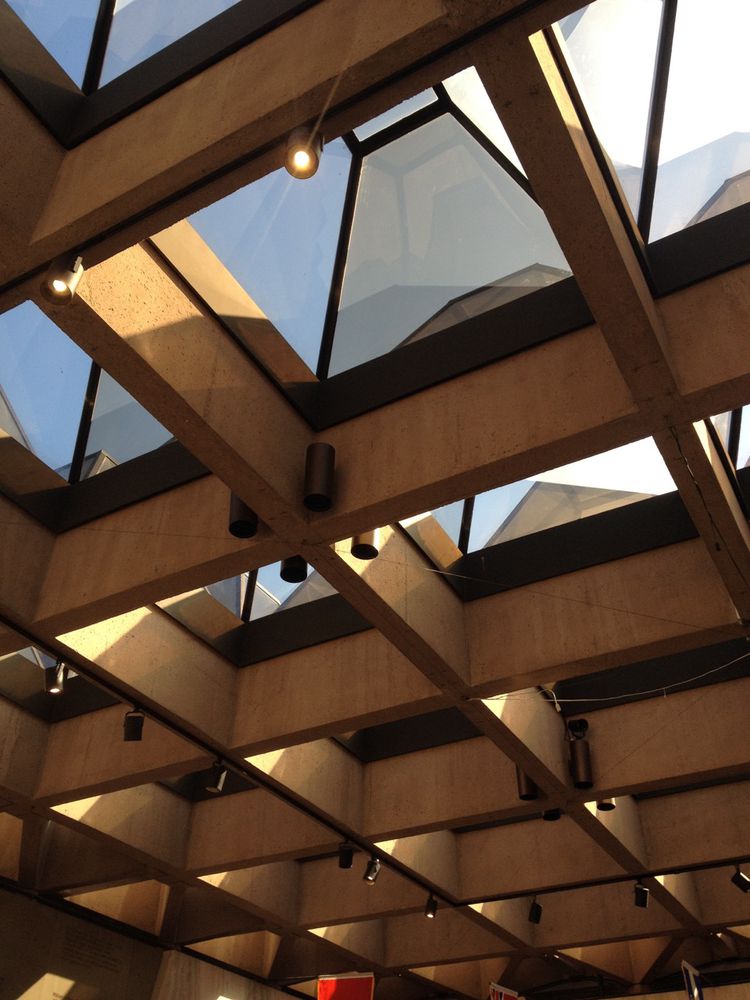Happy Våffeldagen, or Swedish Waffle Day, my annual celebration of waffle slabs.
But first, some notes and thanks to my wonderful readers and supporters.
But first, some notes….
Two months ago tomorrow, I rather suddenly stopped writing for Treehugger, and the next day started taking this Substack seriously. Many people make a living doing these, but I decided I would give it three months to see if I could find a rhythm and pace that I could sustain and if people were interested. I have been truly gratified by the number of subscribers, but I have also been overwhelmed by the subscription pledges; I didn’t even know this feature existed! I want to thank you all, and I am going to stick to my three-month plan before I switch to subscription mode.
Three years ago, I was so excited to have been invited to Amsterdam as a guest of Gazelle (what I ride) to get immersed in Dutch bicycle culture, a true dream trip for me. The pandemic hit, and it was cancelled at the last minute. Since then, I wrote a book about Living the 1.5 Degree Lifestyle, which is one where you shouldn’t be getting on airplanes. Then recently, Gazelle called to say the trip was back on; I gulped, thinking of the carbon footprint, and decided that it was still the trip of my dreams and that I was going. But I promise that while there, I will ride bikes and avoid eating Sudderlapjes and Hazenpeper. I likely will not be posting much next week, and when I get back, I suspect I will be writing a lot about bikes.
Celebrate Waffle Slabs on Våffeldagen, or Swedish Waffle Day.
March 25 is Our Lady Day in the Christian calendar or in Sweden, Vårfrudagen. That apparently sounds a lot like Swedish for Waffle Day, or Våffeldagen. So why not celebrate our lady with waffles?
Making an equally tenuous connection, I have had a tradition of using the day to celebrate waffle slabs. I am not usually a fan of concrete construction, but waffle slabs are marvellous for getting long spans with far less concrete. They are also lovely to look at and are usually left exposed. They are not used much anymore because they are labour-intensive and expensive, but they are a celebration of doing more with less.
I fell in love with them many years ago at John Parkin’s Aeroquay 1 Terminal at what was then Toronto International Airport, shown above. But that is a waffle slab parking garage on top of it, and you shouldn’t put salt on waffles; they are expensive to repair. Alas, it was demolished to make way for the current Terminal One. Other waffle slabs have stood the test of time.
In my upcoming book, which I have tentatively titled “Carbon Upfront!” I talk a lot about using less stuff, about getting as much out of a material as you can. As Paula Melton of BuildingGreen noted in an article on embodied carbon, it isn’t just about switching to wood. “Consider which materials and systems make the most sense for the project, and optimize how you use them.” Waffle slabs get a lot more span out of concrete and can save a lot of finishes. New technology also might make them affordable. Here are some other waffles I have enjoyed:
The tastiest waffles in Canada are probably at the Montreal Museum of Fine Art. They are low and close and seem to span for miles. The lighting track is integrated into the edge of the ribs, and exposed concrete never looked so good.
There are lots of waffles in Britain, particularly on the south bank of the Thames in the great brutalist theatres like these in the National Theatre, but they are so high up that they are barely noticed.
But at the Barbican, they are so close you can almost touch them.
Of course, the triangular Robarts Library in Toronto has triangular waffles.
At the Confederation Centre in Charlottetown, Prince Edward Island, they left out the slab itself in one section and put on great pyramidal skylights.
For years I refused to call the Washington Subway ceilings waffles; I thought they were coffered, a decorative indentation. The world disagrees with me and says a “Coffered slab is a kind of ribbed slab, it is also called waffle reinforced concrete floor.”
The master of the waffle slab was Italian engineer Pier Luigi Nervi, who did this Gatty Wool Factory in 1953. Very complicated, with every rib following the stress lines, and all of the formwork built up by hand.
but now, in a Nervi move, architect Patrick Bedarf and his team at ETH Zurich Digital Building Technology (DBT) bring yummy waffle slabs into the 21st century by trading in the formwork for "FoamWork." This may be the future of waffle slabs: foam blocks get cut out by a robot, and all the humans do is place them in a form. The architects write:
“This novel fabrication approach is envisioned to significantly impact the responsible and sustainable consumption of resources and energy in the building industry. It enables the manufacturing of geometrically complex foam elements that were previously unfeasible and wasteful to produce with conventional methods. The foam shapes produced with F3DP can be used as stay-in-place applications or removed and recycled for printing the next formwork."
Perhaps new technology will bring back the waffle slab.
So this Sunday, cook up some waffles. You might even do the same kind of destructive testing I did on the US National Waffle Day in August, marking the patenting of the electric waffle iron. I found that a waffle could support four plums, and a pancake couldn’t even support itself. That tells you something about the inherent strength of waffles, and it’s something to celebrate.
More waffles here on an old Tumblr. Have you seen any great waffles slabs? Please put them in the comments.











